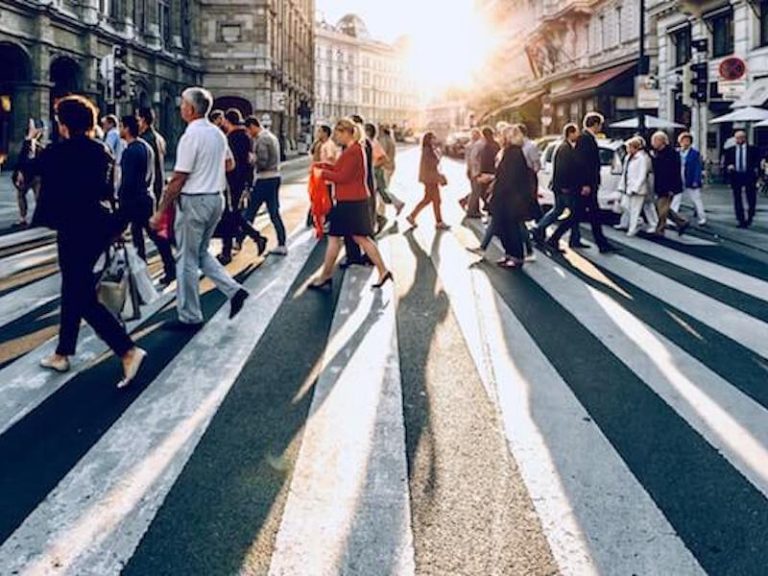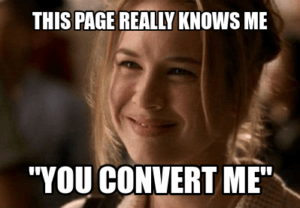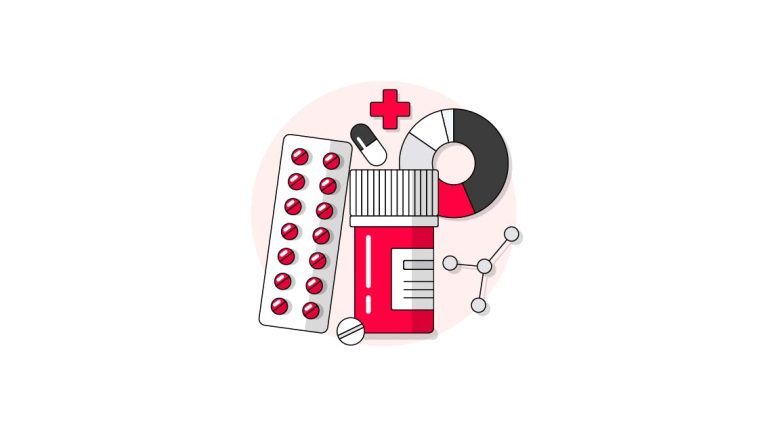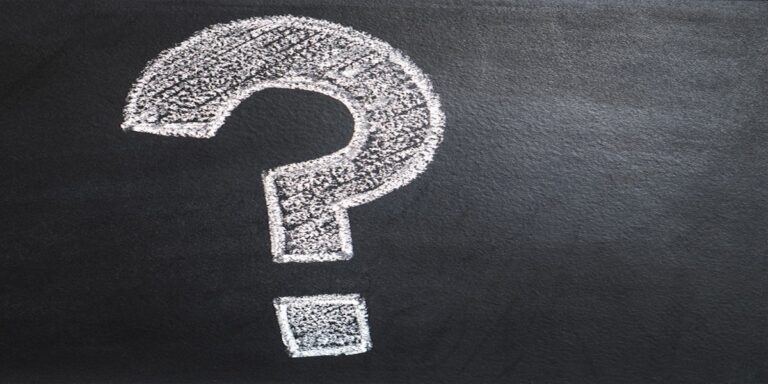—
Changing a photo’s contrast makes the lighter areas brighter and the darker areas more so. Image: REI.
Increasing the exposure makes the entire photo brighter — decreasing produces the opposite effect. Source: REI.
Color Correction
Saturation refers to the density of color. Note the red variations in the identical kayaks in this example. Image: TutsPlus.
—


—
—
—
“Saturation” and “hue” are synonymous in most image-editing software. Accurate saturation is as essential as contrast and exposure. To save time, correct the contrast before changing a photo’s saturation, as adjusting the former will also alter colors. Remember, too, that too much saturation will usually make an image appear unrealistic or over-edited.
Saturation. Even the best devices may not capture the true tones for certain colors. For example, a highly saturated red can be difficult to capture and recreate in a modern digital camera. Other colors are similar. The editing process can help avoid a washed-out image.
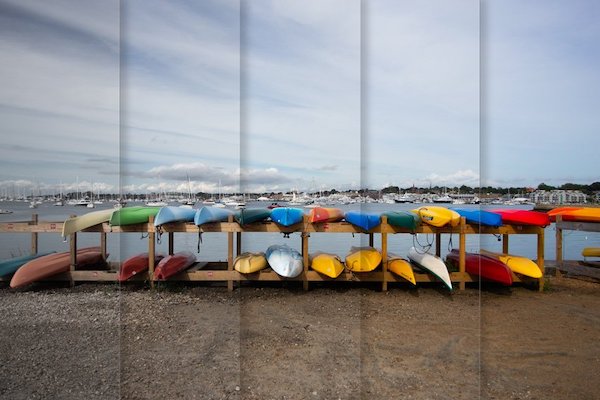
With Lightroom, another photo editor, users can create their own presets or download them from others. FixThePhoto.com offers over 400 free Lightroom presets for ecommerce merchants. Plus, hundreds of professional photographers produce and sell Lightroom presets for a reasonable price.
Exposure is similar to contrast, but it controls the overall image rather than certain areas. Increasing the exposure makes the entire photo brighter — decreasing produces the opposite effect. Some editing programs call exposure “brightness.” When adjusting those settings, correct the exposure first before moving to the contrast. That process can greatly improve a photo’s impact on a shopper.
Filters and Presets
This post will address color correction.
An essential component of product photos is ensuring the color matches the real-life item.

In this YouTube video, product photographer TeeWin illustrates the importance of editing white balance.

